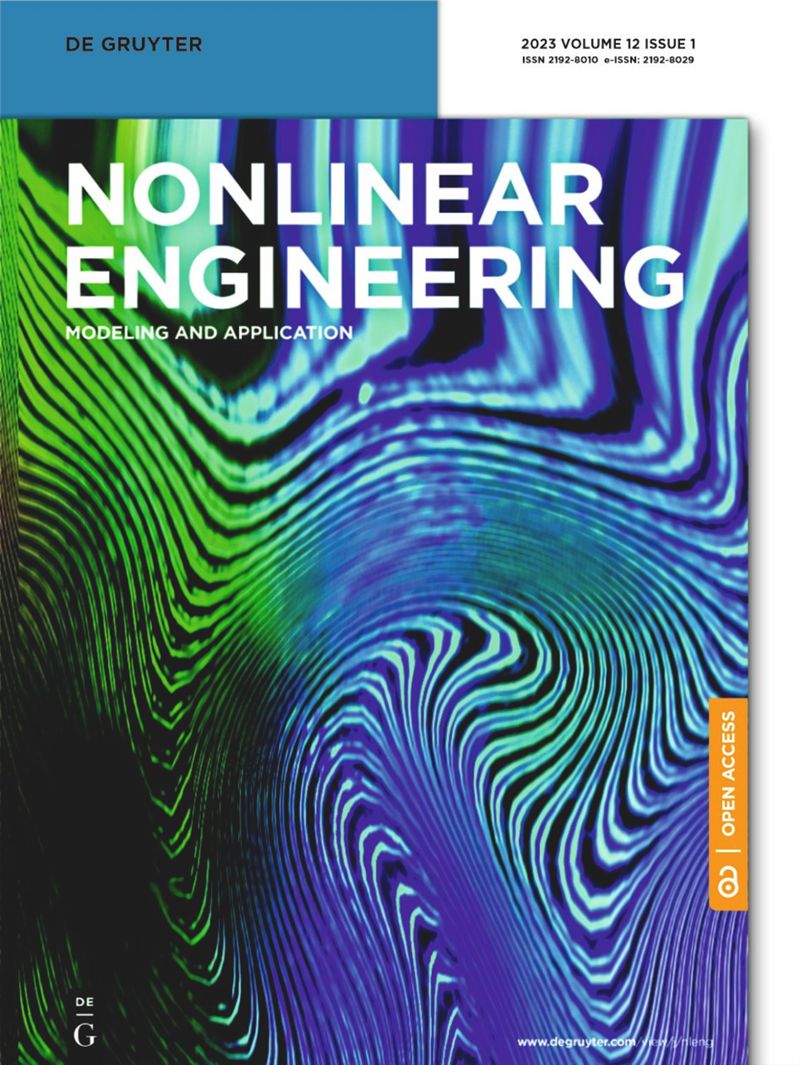天基合成孔径雷达动力学与姿态控制
IF 1.5
Q2 ENGINEERING, MECHANICAL
引用次数: 1
摘要
摘要:本文研究了天基可展开反射面天线合成孔径雷达的姿态控制问题,该雷达是一个具有高度非线性动力学的轻阻尼不确定振动系统。为了降低鲁棒控制器的保守性,提出了一种基于两个可识别在轨矢量参数的控制策略。第一个参数用于前馈回路,以实现机动能量效率和振荡响应幅度之间的权衡。反馈回路利用第二个参数通过自适应陷波滤波器精确处理控制器与结构的相互作用。陷波滤波器在设计阶段就包含在增强装置中,以保证闭环对干扰、未建模动力学和参数不确定性的鲁棒性。通过形式准则和实际柔性航天器模型的数值仿真,验证了系统的鲁棒性和要求。本文章由计算机程序翻译,如有差异,请以英文原文为准。
Dynamics and attitude control of space-based synthetic aperture radar
Abstract This work tackles the problem of attitude control of a space-based synthetic aperture radar with a deployable reflector antenna, representing a lightly damped uncertain vibratory system with highly nonlinear dynamics. A control strategy based on two identifiable in-orbit vector parameters is proposed to make the robust controller less conservative. The first parameter is used in the feedforward loop to achieve a trade-off between the energy efficiency of maneuvers and the amplitudes of the oscillatory response. The feedback loop utilizes the second parameter to accurately handle the controller-structure interactions by adaptive notch filters. The notch filters are included in the augmented plant at the design stage to guarantee closed-loop robustness against disturbances, unmodeled dynamics, and parametric uncertainty. The system’s robustness and specified requirements are confirmed by formal criteria and numerical simulations using a realistic model of the flexible spacecraft.
求助全文
通过发布文献求助,成功后即可免费获取论文全文。
去求助
来源期刊
CiteScore
6.20
自引率
3.60%
发文量
49
审稿时长
44 weeks
期刊介绍:
The Journal of Nonlinear Engineering aims to be a platform for sharing original research results in theoretical, experimental, practical, and applied nonlinear phenomena within engineering. It serves as a forum to exchange ideas and applications of nonlinear problems across various engineering disciplines. Articles are considered for publication if they explore nonlinearities in engineering systems, offering realistic mathematical modeling, utilizing nonlinearity for new designs, stabilizing systems, understanding system behavior through nonlinearity, optimizing systems based on nonlinear interactions, and developing algorithms to harness and leverage nonlinear elements.

 求助内容:
求助内容: 应助结果提醒方式:
应助结果提醒方式:


